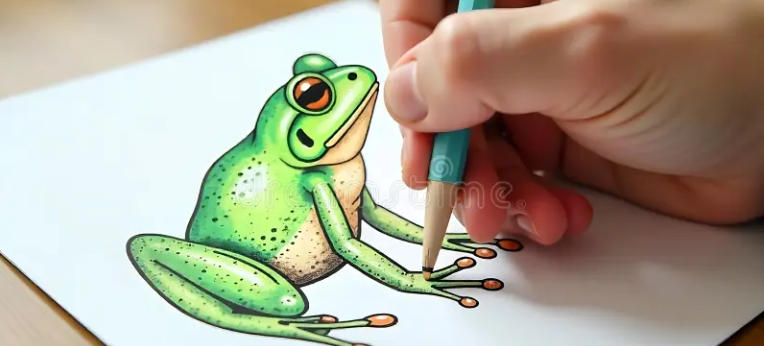Discover the Frog’s World: Your Guide to Frog Diagrams!
Frogs are fascinating creatures that capture the imagination of children and adults alike. Using frog diagrams can turn learning about these amphibians into a fun and educational experience. Let’s dive into the world of frogs and discover how these diagrams can help us understand their anatomy, life cycle, and habitats.
Understanding Frog Anatomy
Frog diagrams provide a clear visual representation of a frog’s anatomy, making it easier for kids to grasp complex biological concepts. Key parts, such as the legs, eyes, and skin, are meticulously labeled, allowing young learners to identify and understand their functions. For example, the powerful hind legs are essential for jumping and swimming, while the smooth skin helps with respiration. By studying these diagrams, kids can appreciate how each part plays a role in a frog’s survival, sparking curiosity and encouraging deeper exploration of biology.
Exploring the Frog Life Cycle
Another engaging aspect of frog diagrams is their depiction of the frog life cycle, which showcases the transformation from egg to tadpole to adult frog. These diagrams highlight crucial stages and changes that occur during each phase, making it easier for children to visualize and remember the process. Understanding the life cycle not only teaches kids about growth and development in amphibians but also introduces broader concepts such as metamorphosis and the importance of each life stage in sustaining frog populations. This knowledge can inspire a passion for the environment and conservation.
Frog Habitats and Ecosystems
Frog diagrams also provide insights into the various habitats where frogs thrive, from lush wetlands to arid deserts. By illustrating different environments and the specific adaptations frogs have developed to survive in each, these diagrams can help children understand the interconnectedness of ecosystems. Learning about frog habitats can open discussions on biodiversity and the impact of environmental changes, promoting awareness of conservation efforts. By encouraging children to think critically about the world around them, frog diagrams can foster a sense of responsibility for protecting our planet.
In conclusion, exploring frog diagrams is a fun and effective way to engage kids with the wonders of amphibians. By understanding anatomy, life cycles, and habitats, children can develop a deeper appreciation for wildlife and our ecosystems. So, grab a diagram, dive into the frog’s world, and unleash your curiosity!

